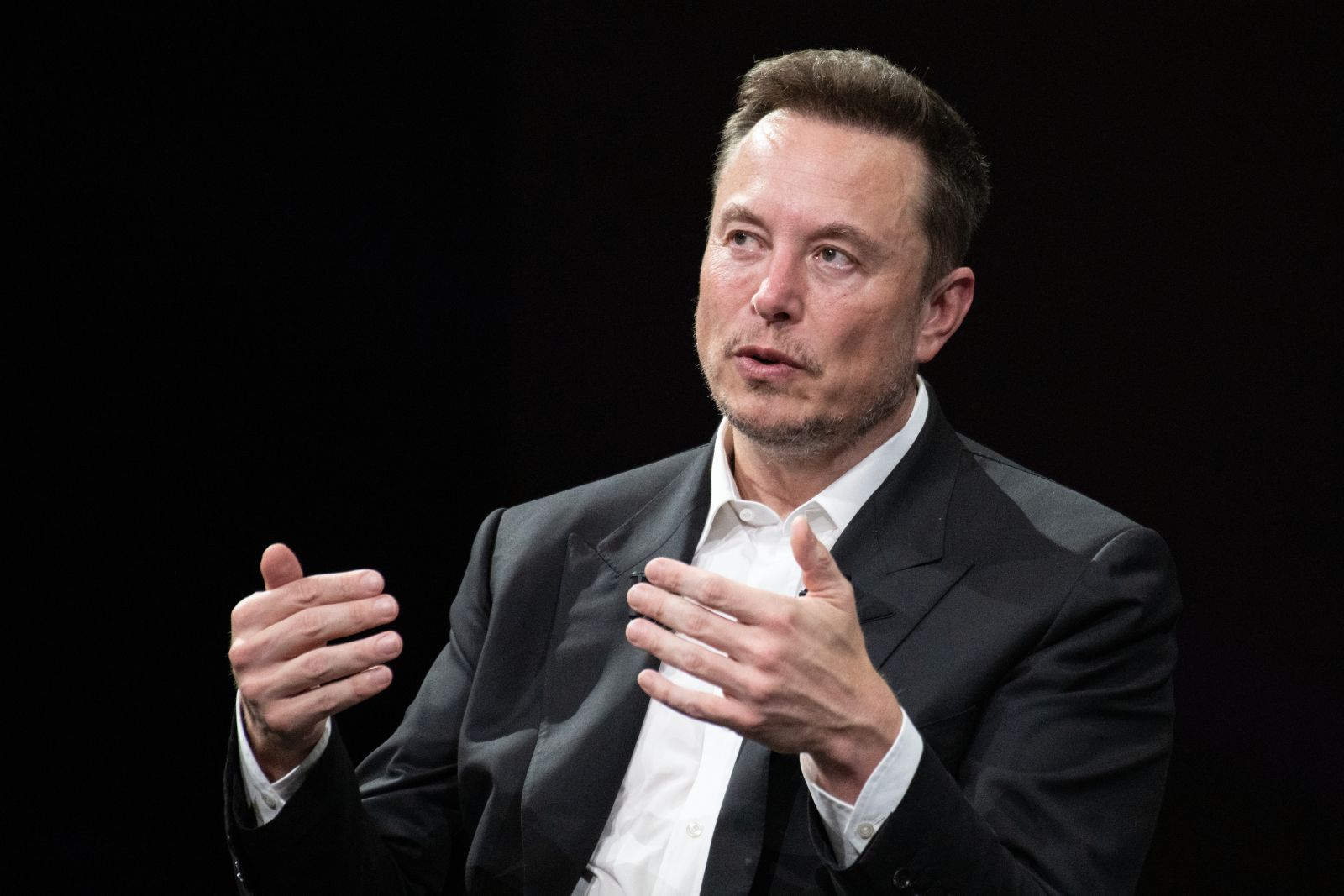High inflation and the Federal Reserve Bank's efforts to tame it by raising interest have dominated the headlines in the past year and continue to be of great concern to investors, companies and individual consumers.
Most business publications and TV channels, such as CNBC and Bloomberg, have spent considerable time trying to read the tea leaves about the Fed’s next steps. Experts such as former Federal Reserve Bank governors and other experts regularly discuss whether the rate increases have been successful and if the Fed will remain hawkish or pause for an extended period later in the year.
CNBC even cuts its regular coverage to a live feed of monthly press conferences led by Federal Reserve Chairman Jerome Powell or his testimony about the economy and Fed policy before Congress. But the interest rate hikes have also led to unexpected ramifications, such as higher interest rates for consumer loans, mortgages and credit card rates, along with the failure of a few banks and a decline in job openings.
The Fed began hiking rates when inflation hit a high of 9.1% last year and has continued in the first seven months of 2023. In fact, the Fed has increased its benchmark rate 11 times to slow inflation after announcing a 25-basis-point rate increase in July. The federal fund's target rate range is now between 5.25% and 5.50%.
Although inflation is significantly lower now, 3% year-over-year in June 2023 compared to 9.1% year-over-year in June 2022—inflation is still higher than the Fed’s target inflation rate of 2%
The Federal Open Market Committee (FOMC) explains that “inflation of 2% over the longer run, as measured by the annual change in the price index for personal consumption expenditures,” is vital to achieving its dual mandate for maximum employment and price stability. The Fed website explains, "When households and businesses can reasonably expect inflation to remain low and stable, they can make sound decisions regarding saving, borrowing, and investment, which contributes to a well-functioning economy."
In fact, for many years, the U.S. inflation was below the Federal Reserve's 2% goal. If inflation spikes above 2%, the Fed is concerned that people who have lost their jobs may have difficulty paying higher prices for daily staples such as shelter, food, and gasoline.
The Origins of the 2% Target Rate of Inflation
The Federal Reserve didn’t always have a specific target inflation rate to achieve price stability. In fact, when Paul A. Volcker stepped down as Fed Chair in 1987, inflation was at 4%, and he earned an esteemed reputation as an inflation fighter in the '70s and '80s.
Several commentators have explained that the source of the 2% target was a decision by central bank officials in New Zealand about 34 years ago when the government passed a law making its central bank independent. The government wanted the bank to target inflation, but bank officials were not certain how to calculate the proper rate.
First, the bank leaders proposed 0% to 1% but felt that was too low and then agreed on 2%. However, the rate wasn't adopted after extensive research and analysis, or even extensive deliberation. Over time, central banks in Britain, Canada and Australia also set 2% as their target rate.
Both Volcker and his successor, Alan Greenspan, didn’t believe in establishing an inflation target. Greenspan requested research to determine if there is a proper inflation target rate. The comprehensive research involved computer analysis of the economic impacts of raising interest rates to lower inflation to 2%. Ultimately, Greenspan chose not to set a specific target.
In 1996 at a Federal Open Market Committee meeting, Greenspan stated that the goal was price stability, and the transcript of the meeting states that he explained that “Price stability is that state in which expected changes in the general price level do not effectively alter business or household decision.” Ultimately, the meeting accepted the 2% inflation target, but the FOMC didn’t officially set an inflation target until 2012.
Perhaps a Higher Target Rate
St. Louis Fed President James Bullard has written that the Fed’s inflation target is designed to be reached over a more extended time period; inflation doesn’t have to be 2% all the time. Bullard explained, “To clarify, this does not mean inflation must be 2% in the short term; rather, monetary policy should be set so that inflation moves toward the target over time and, in the absence of unpredictable changes in either supply or demand, would reach 2% in the medium term,” he wrote.
Economist Joseph E. Gagnon, a senior fellow at the Peterson Institute for International Economics, helped research the proper target inflation rate for Greenspan. He now asserts that central banks should emphasize reducing unemployment before addressing inflation. Then, the Fed can begin to raise interest rates.
He also believes that central banks’ inflation target should be 3% or 4%. Gagnon argues that slightly higher inflation allows central banks to avoid reaching the “zero lower bound on interest rates”, and it reduces the nonlinearity in inflation behavior, making it easier to achieve low unemployment. Nonlinearity means that if the relationship between inflation and economic growth is positive at a low inflation rate but negative at a high rate, there is a non-linear relationship between the two.
With interest rates at a 22-year high, many economists are debating whether further rate tightening is needed. Some on the side of stopping the increases point to positive factors such as lower inflation, improvements in the supply chain slowdowns and an easing in the robust labor market. Those issues are considered a few of the primary reasons for the spike in prices in 2021, 2022 and early 2023. Other experts, such as Michael Strain of the American Enterprise Institute, argue that “The Fed should not stop raising rates until there is clear evidence that core inflation is on a path to its 2% target.”
What is clear is that the debate about interest rates will continue until the Fed announces its next move or the next inflation reading provides more clarity on the economy.
Ilir Salihi is the founder and senior editor of IncomeInsider.org. You can read more of his content on the incomeinsider blog.
On the date of publication, Ilir Salihi did not have (either directly or indirectly) positions in any of the securities mentioned in this article. All information and data in this article is solely for informational purposes. For more information please view the Barchart Disclosure Policy here.



/NVIDIA%20Corp%20video%20chip-by%20Antonio%20Bordunovi%20via%20iStock.jpg)
/Tesla%20Inc%20logo%20by-%20baileystock%20via%20iStock(1).jpg)


